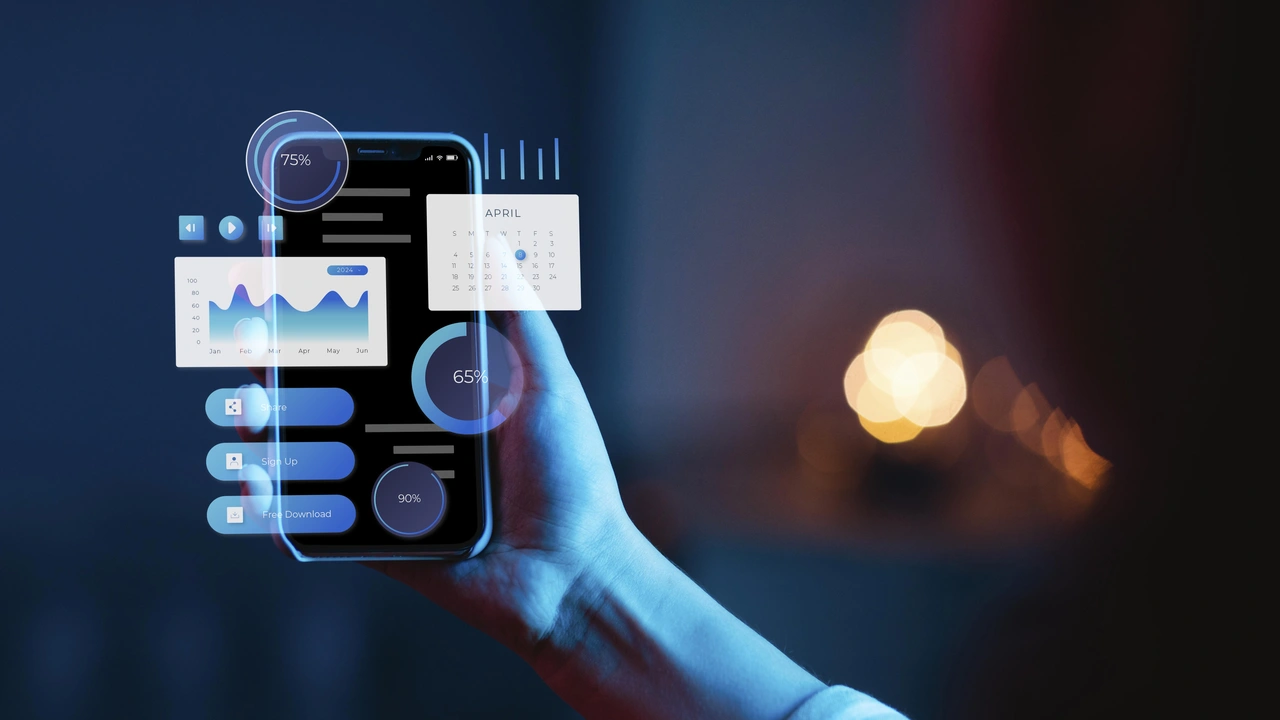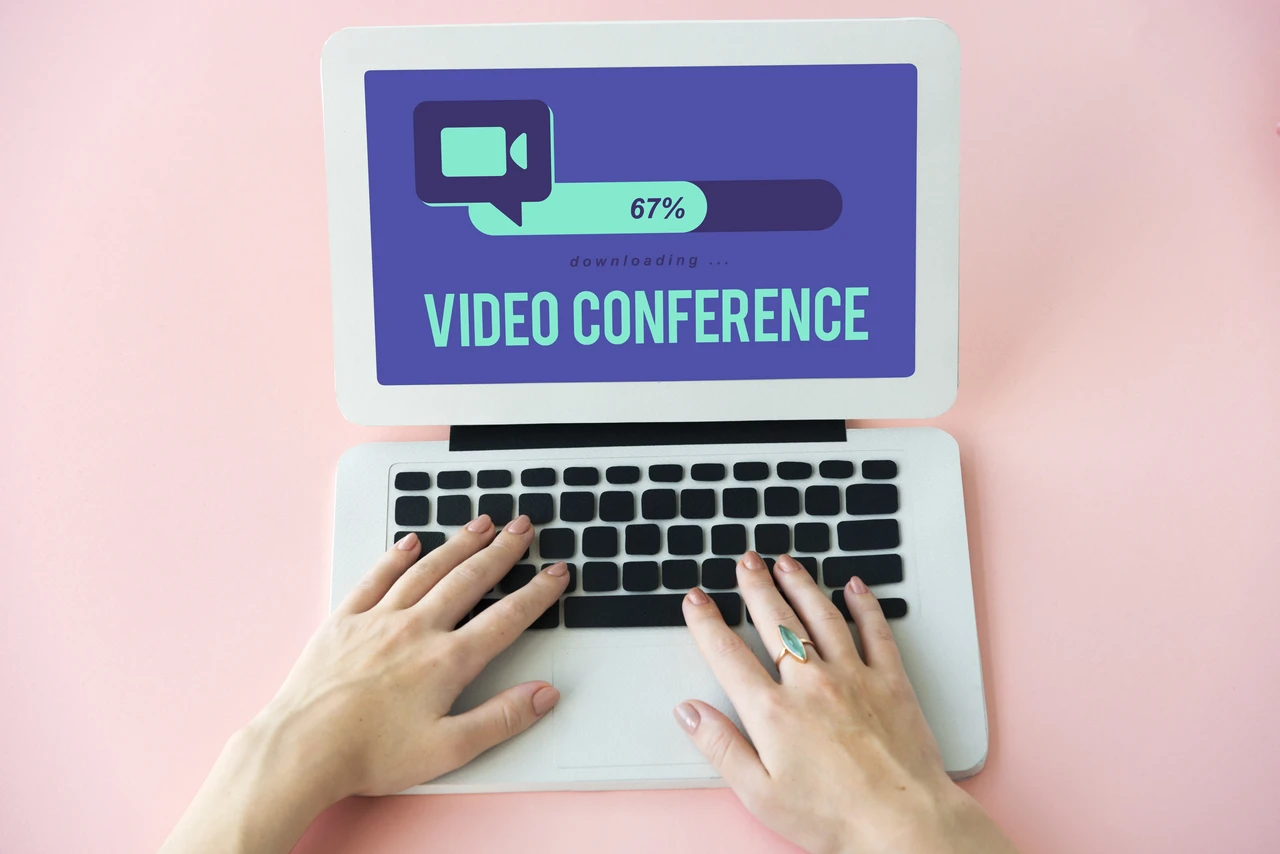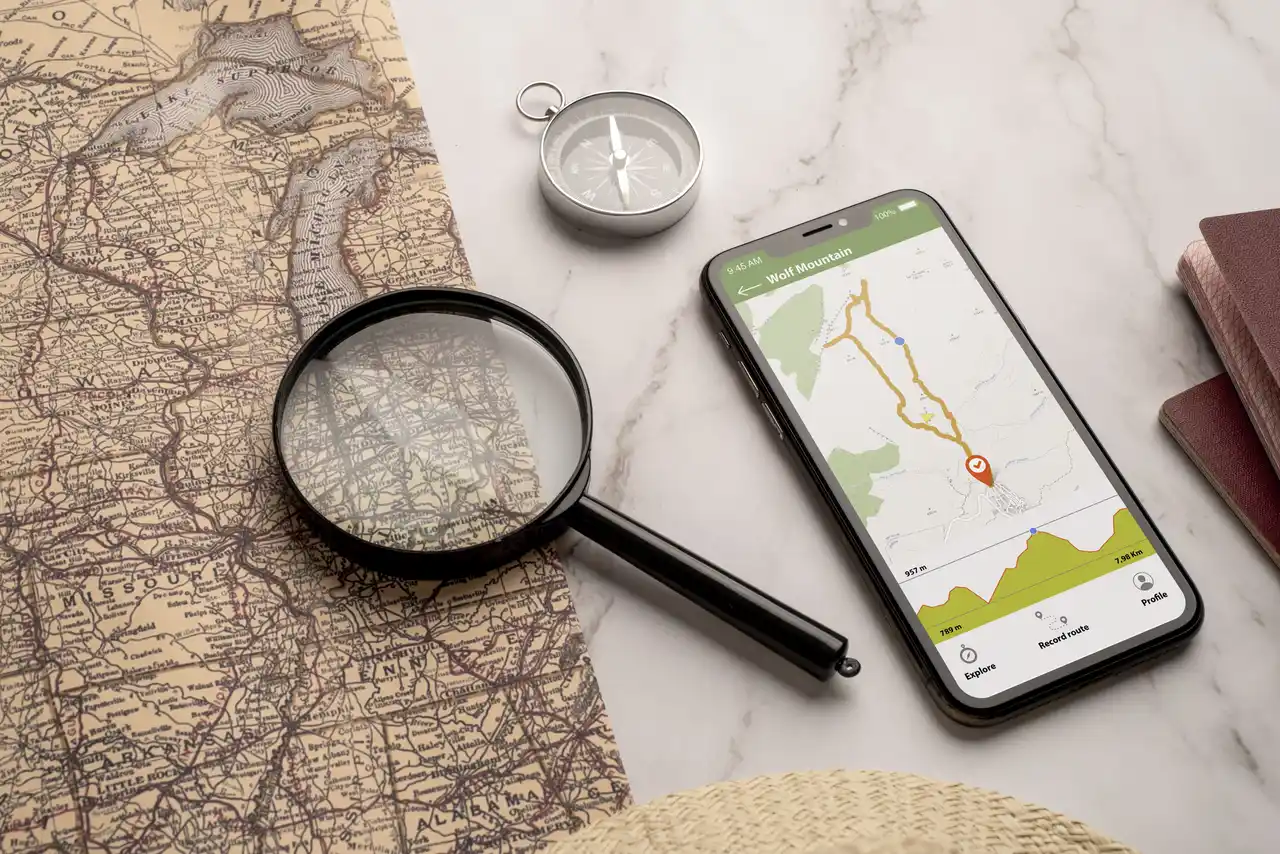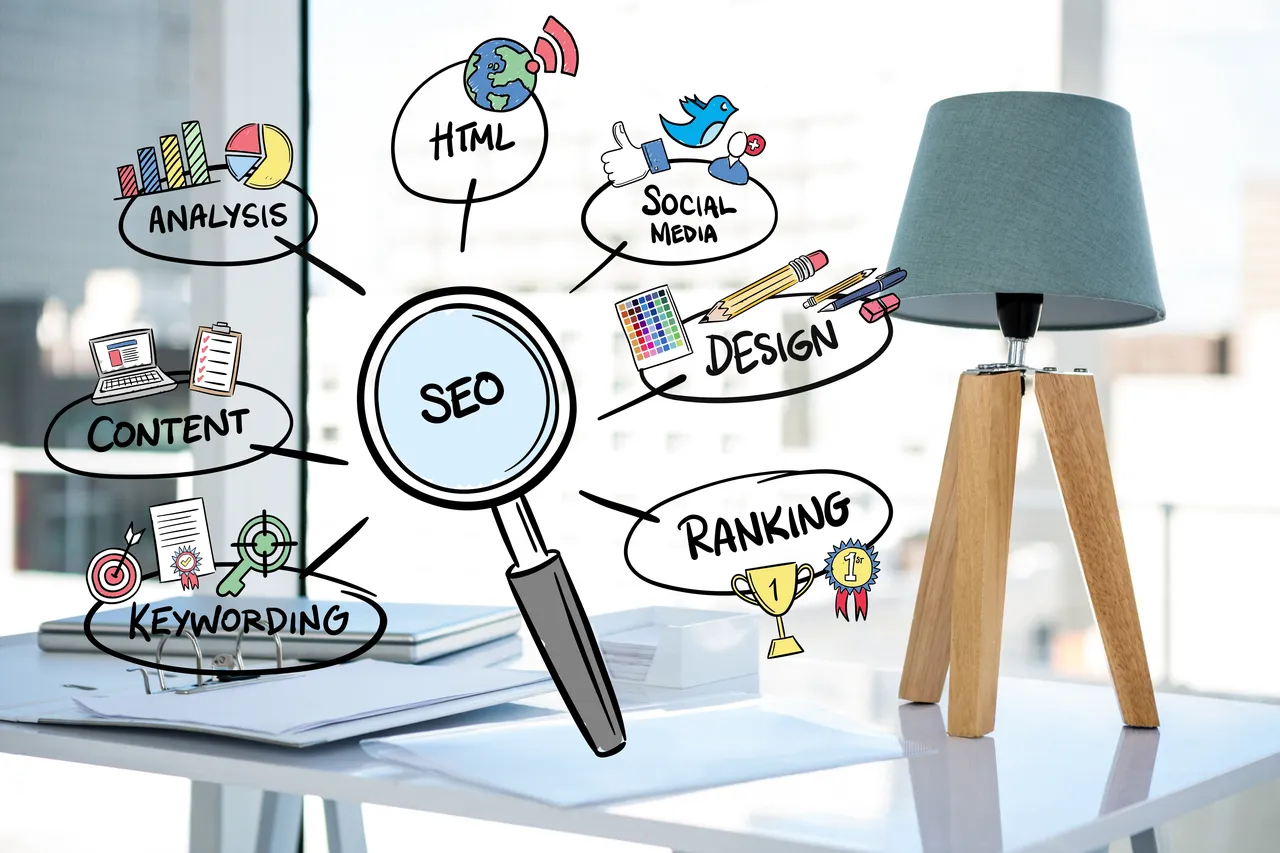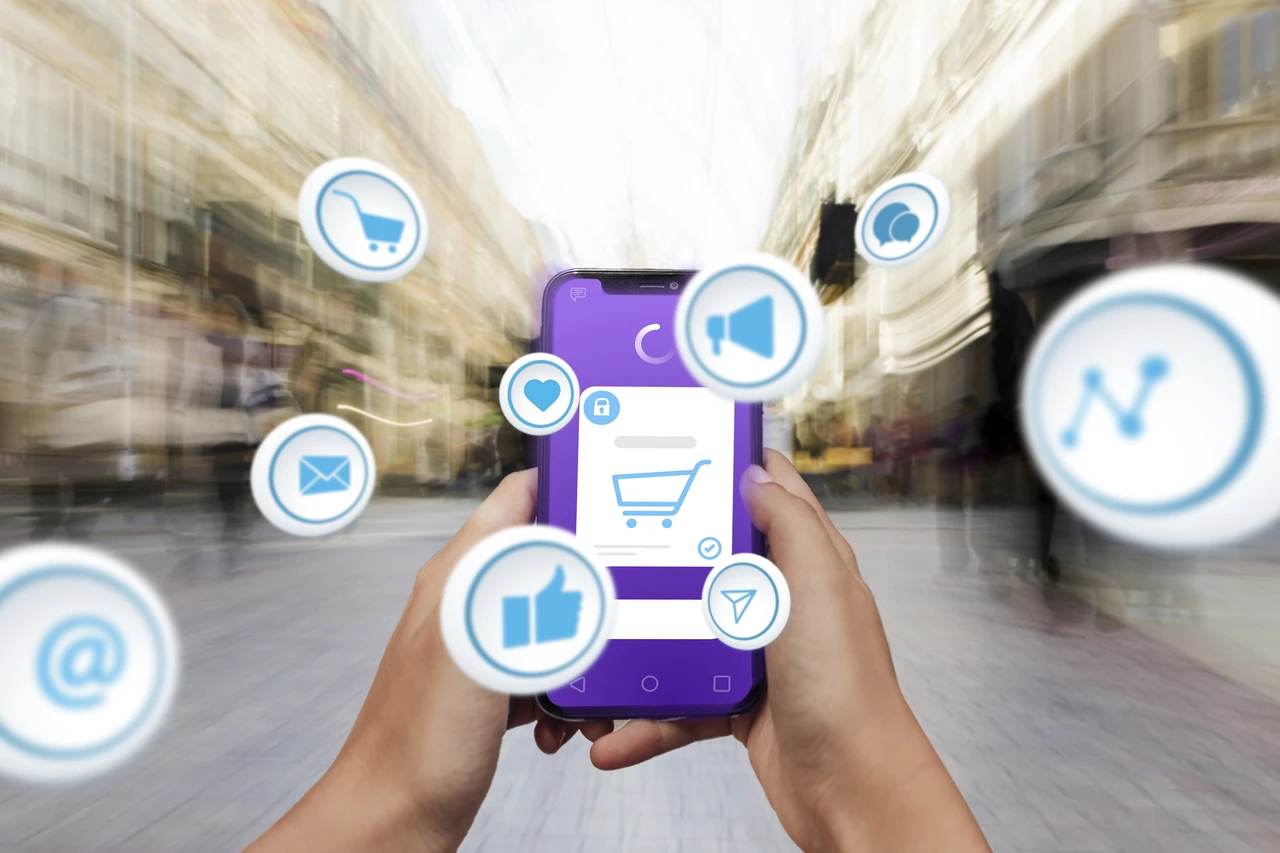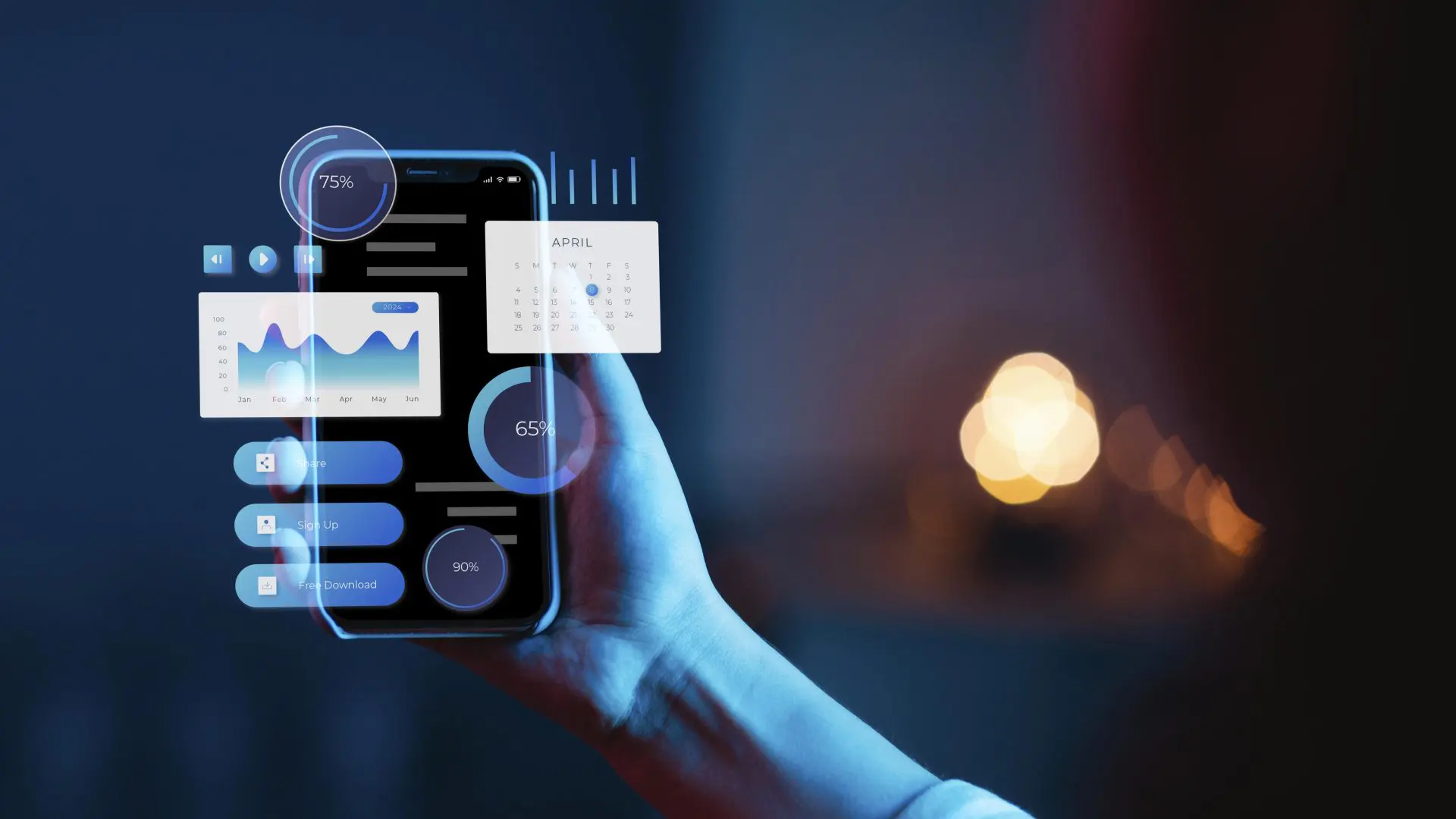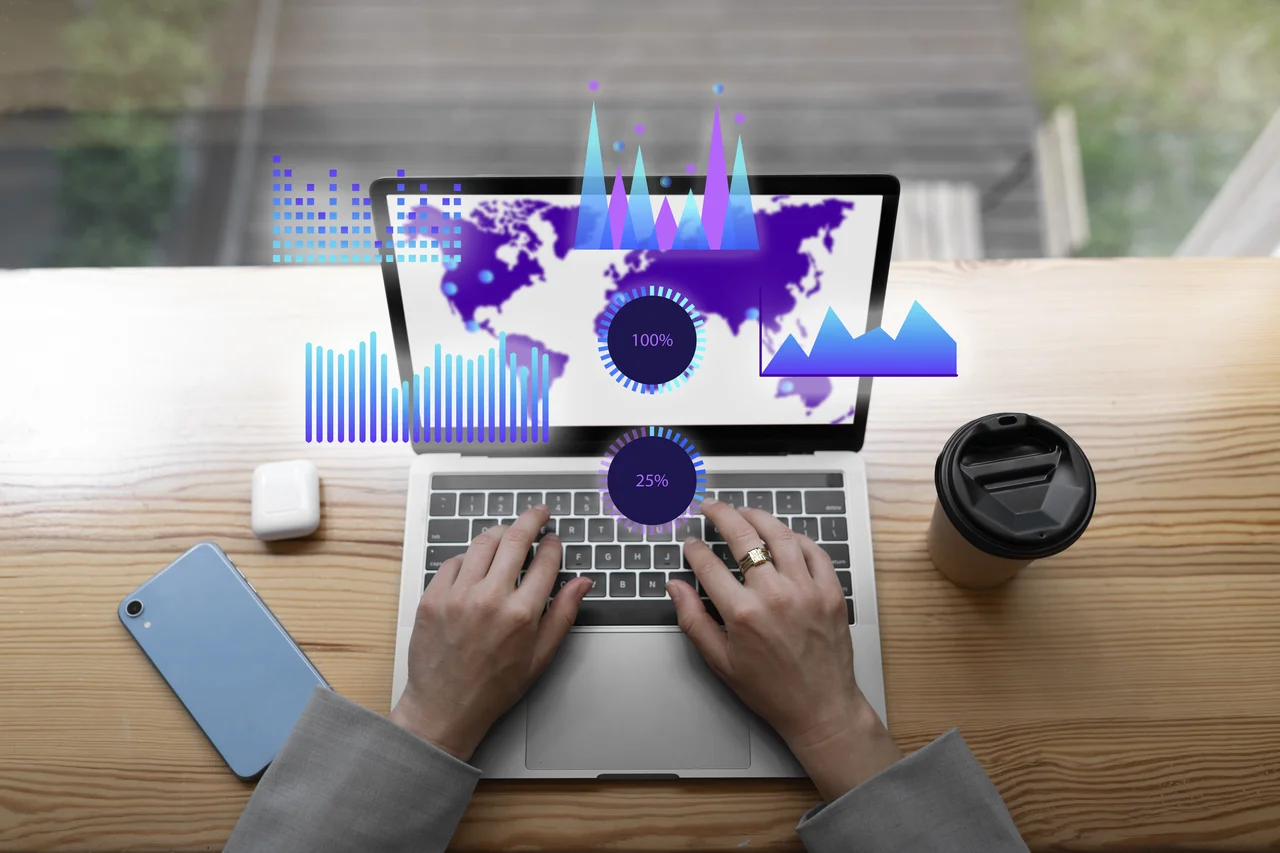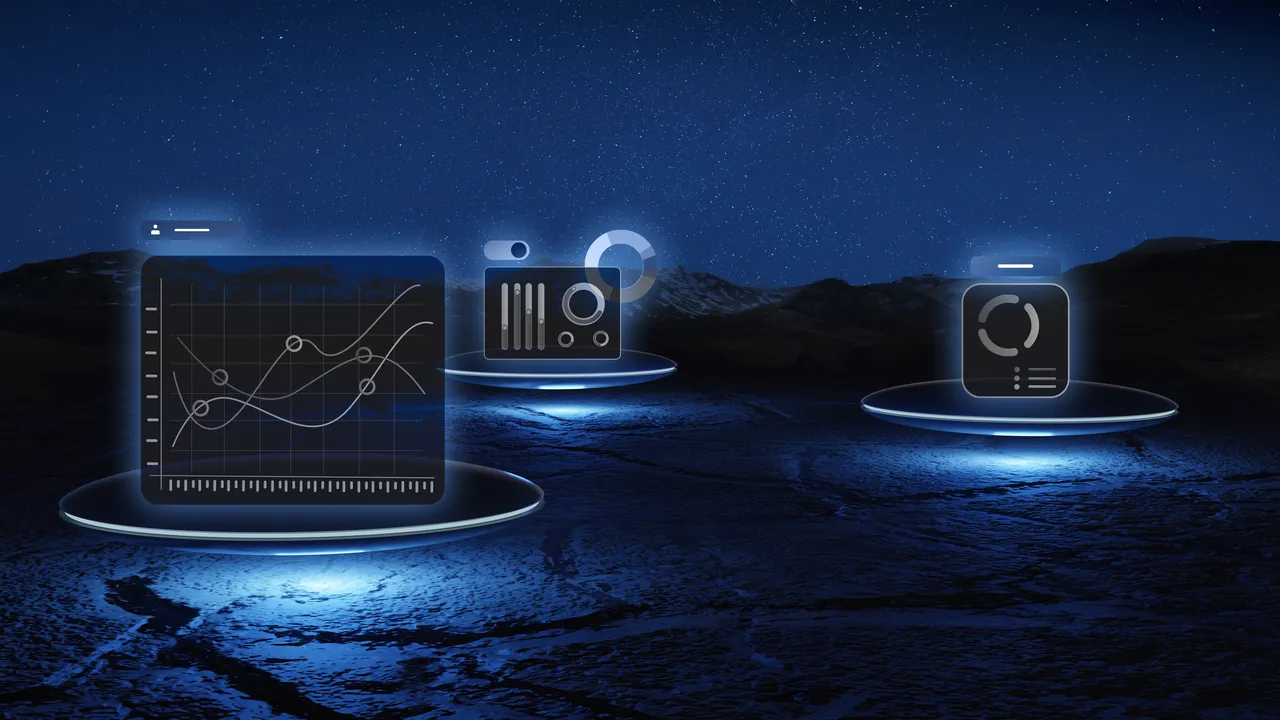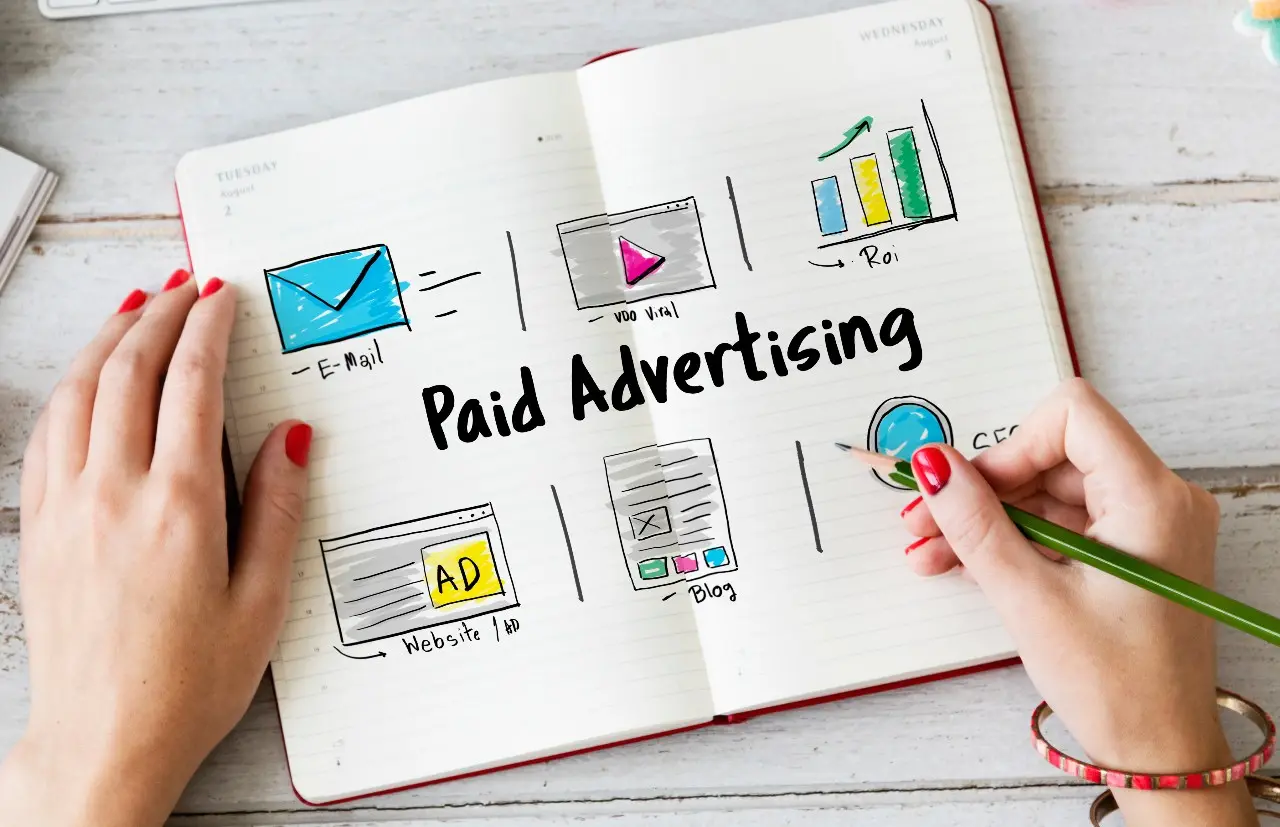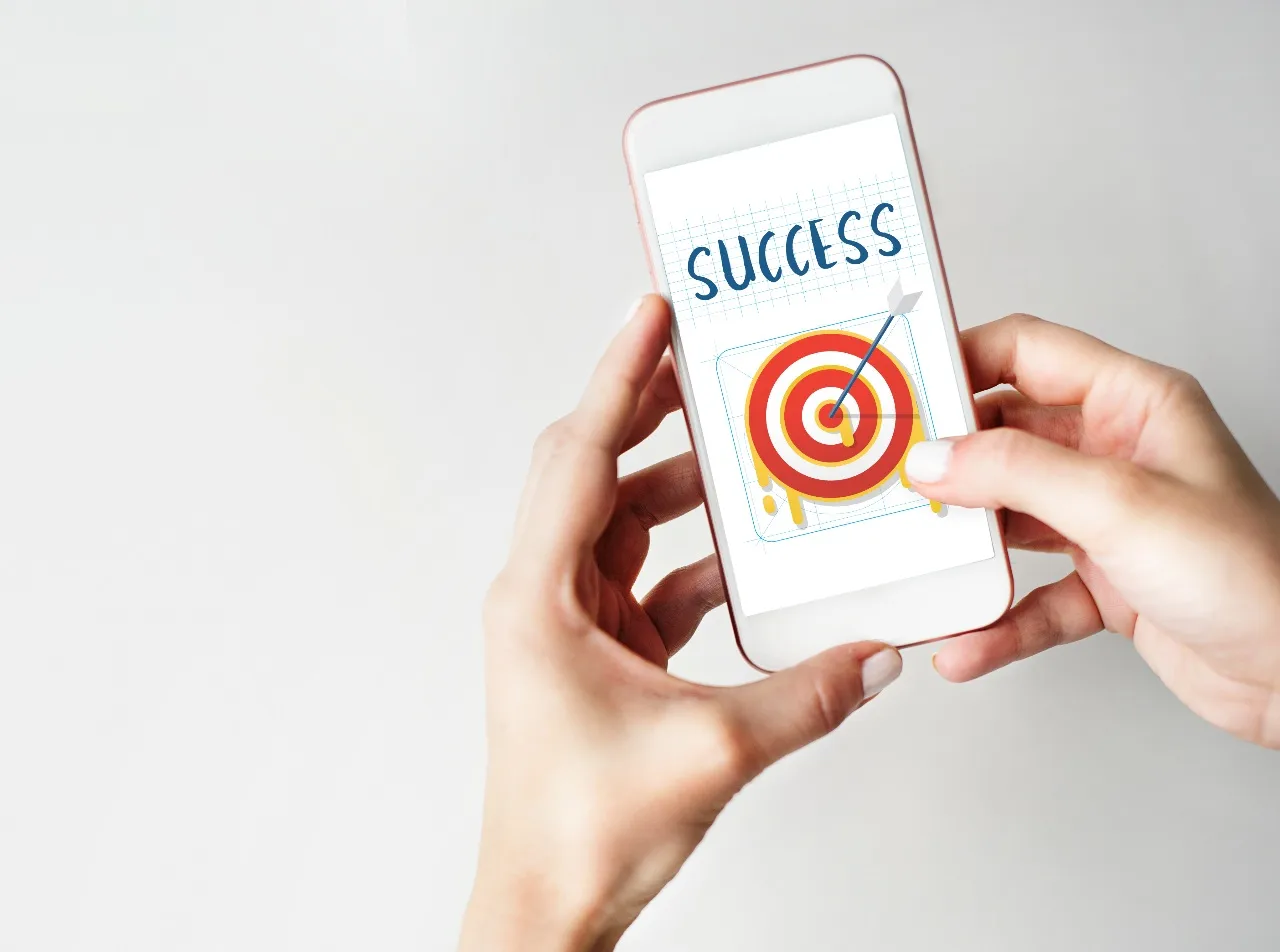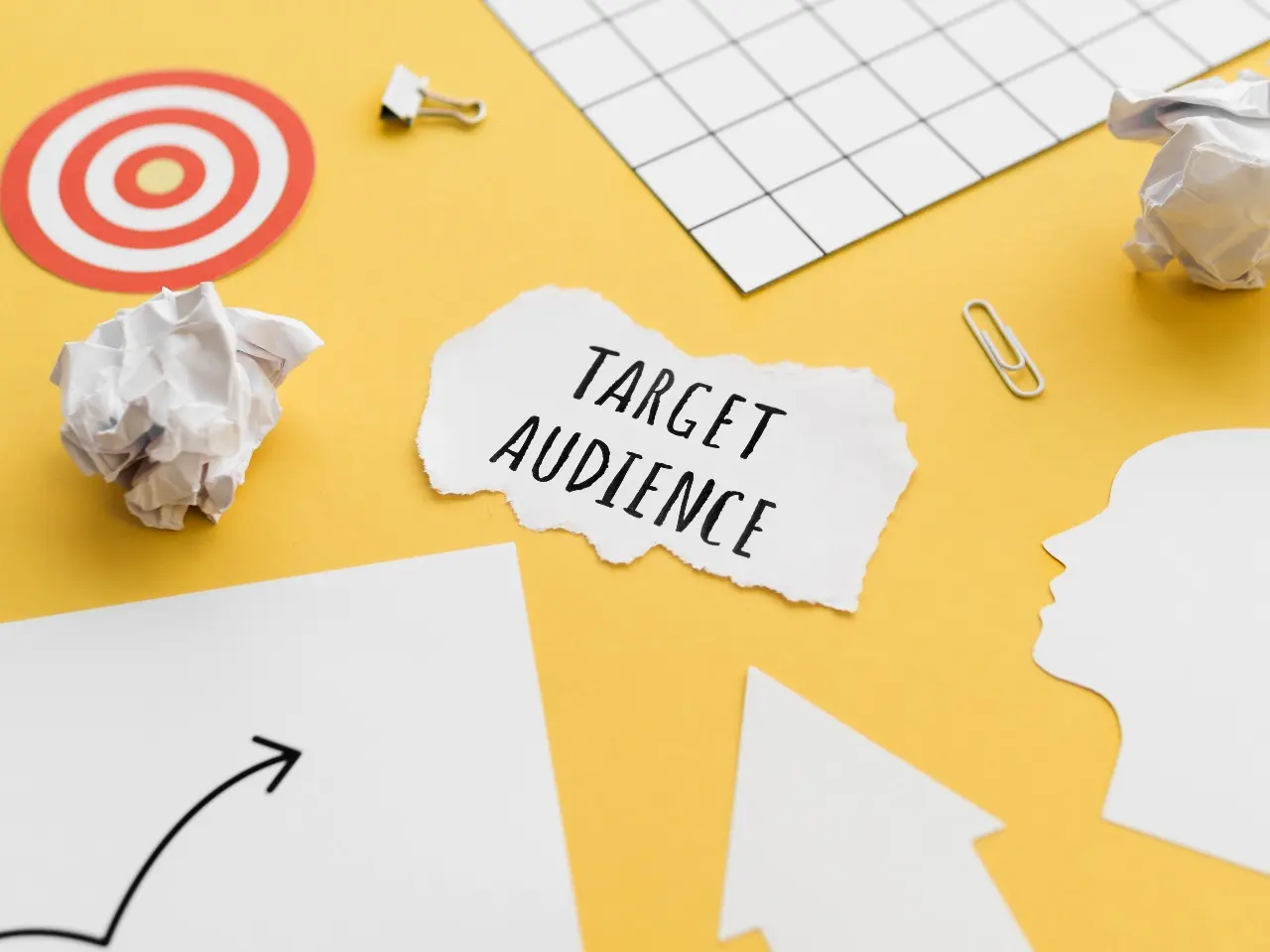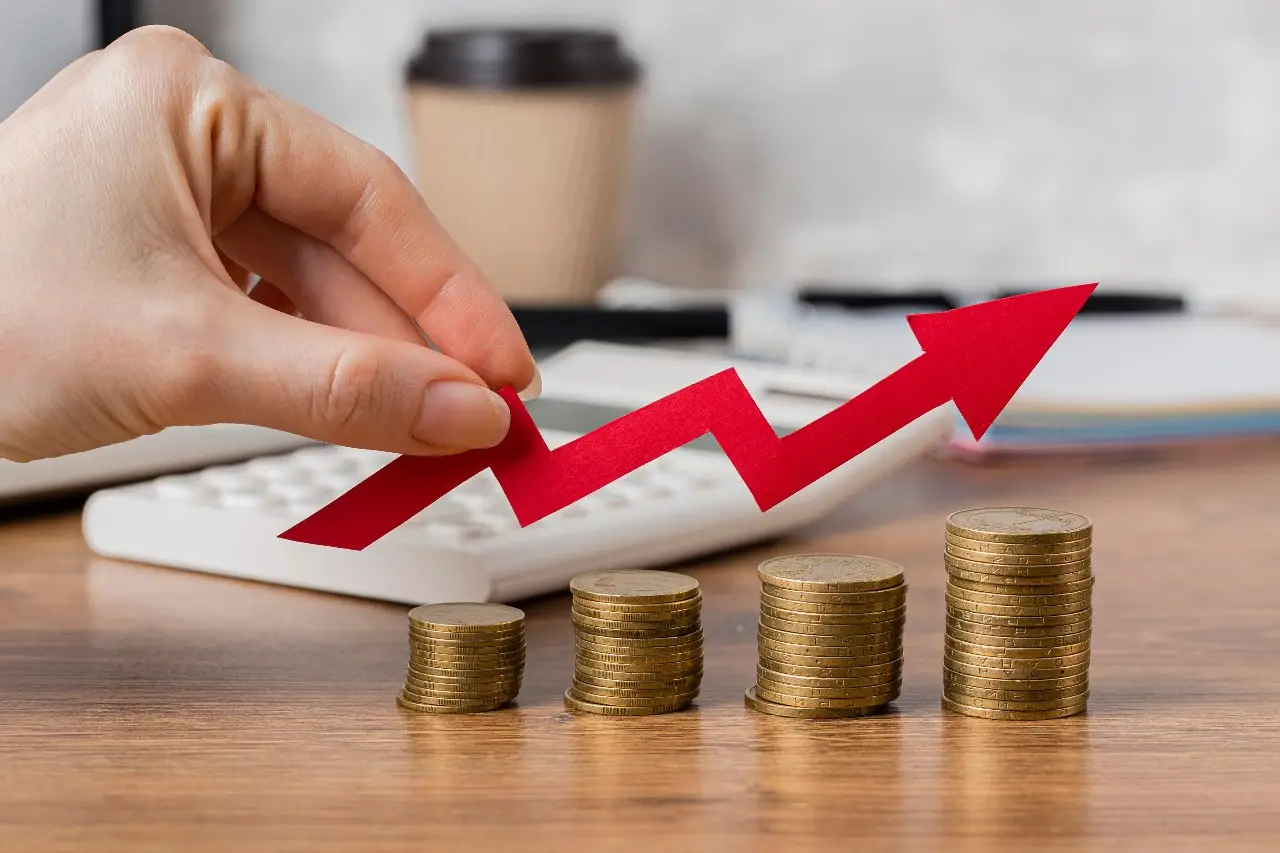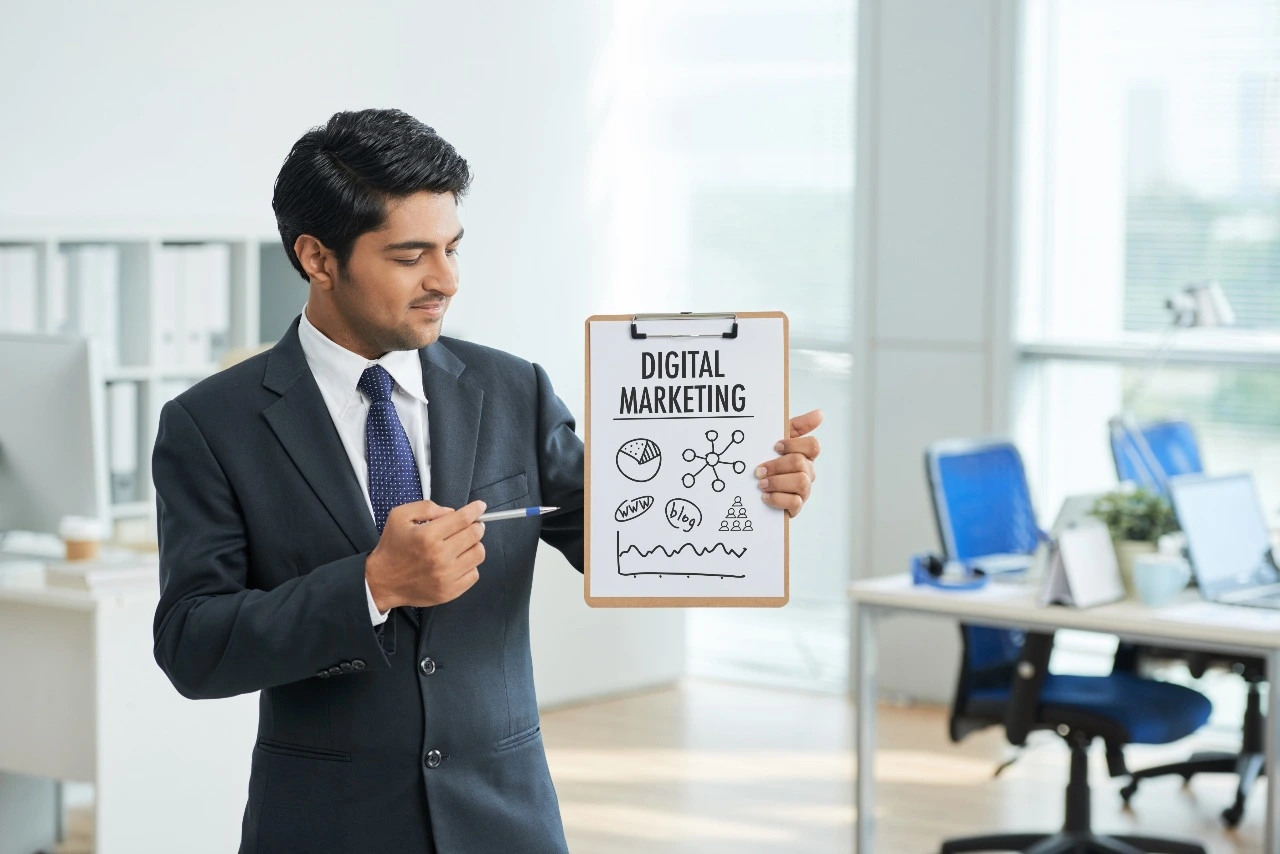Listen to article
Are your marketing efforts yielding the desired results? Probably, you have asked yourself this question a lot of times.
Understanding the intricacies of the marketing funnel is essential for optimizing your content strategy, boosting lead generation, and ultimately driving conversions. But how do you ensure that your content resonates with your audience and guides them effectively through each stage of the funnel?
In this data-driven exploration, we’ll dissect the key components of high-performing marketing funnels, from building brand awareness to optimizing content distribution channels. By leveraging compelling statistics and actionable insights, you’ll gain a deeper understanding of how to enhance your marketing funnel performance and achieve tangible business outcomes.
Mapping Content to the Buyer’s Journey for Maximum Impact
To truly connect with your audience, content strategies need to go beyond a one-size-fits-all approach. Understanding where potential customers are in their buyer’s journey—whether they’re just becoming aware of their challenges or narrowing down their options—can significantly influence how they engage with your brand. A well-aligned content strategy ensures every interaction feels relevant, personalized, and purposeful, ultimately building trust and driving conversions.
- 41% of B2B marketers report that they consistently tailor their content to address specific stages of the buyer’s journey. Source
When your content strategy aligns seamlessly with the buyer’s journey, it acts as a conversational roadmap that moves leads through the funnel with confidence. This alignment isn’t just about creating more content; it’s about creating the right content for the right moment. Whether it’s an educational blog for the awareness stage or a detailed case study for decision-making, the goal is to meet your audience exactly where they are.
Use analytics tools to track and understand behaviors at different stages of the buyer’s journey. For example, identify which content performs well for lead nurturing versus bottom-of-the-funnel conversions, and iterate accordingly. Platforms like HubSpot, Google Analytics, and SEMrush can help you map content performance to the buyer’s journey more effectively.
Elevating Brand Awareness to Strengthen Your Marketing Funnel
Building a robust marketing funnel begins with a strong foundation—brand awareness. Without it, your efforts to guide leads through the funnel can fall apart before they even begin. In B2B marketing, where trust and credibility are pivotal, cultivating brand recognition is more than a stepping stone; it’s the anchor for long-term success. When people recognize and trust your brand, they’re far more likely to engage with your offers, paving the way for meaningful connections.
- An astounding 81% of consumers reveal that they need to trust a brand before making a purchase. Source
- A noteworthy 80% of B2B marketers credit content marketing as the driving force behind achieving their primary brand awareness goals. Source
These insights reveal a critical truth: brand awareness is not just about being seen—it’s about being trusted. In the fast-paced B2B landscape, customers increasingly turn to brands that demonstrate credibility and consistency. Investing in content marketing, storytelling, and audience-focused messaging can help you build this trust over time.
Use data-driven insights to refine your messaging and maintain consistency across all touchpoints. This includes your website, social media channels, email campaigns, and even customer service interactions. A unified brand presence ensures that every interaction reinforces trust and makes your audience more likely to choose your brand over competitors.
How Strategic Content Marketing Fuels B2B Growth and Lead Generation
Content marketing isn’t just a support act in the B2B marketing world—it’s the headline performer. A well-executed content strategy not only nurtures prospects through the funnel but also solidifies brand credibility and drives lead generation. However, success hinges on more than adopting content marketing; it’s about having a documented approach, staying consistent, and leveraging high-performing tactics like blogging. Let’s explore the numbers that illuminate the role of content marketing in B2B success:
- A significant 91% of B2B marketers incorporate content marketing into their overall strategies. Source
- Despite its popularity, only 37% of B2B marketers have a documented content strategy, while another 38% operate without formal documentation. Source
- Among organizations that succeed with content marketing, 62% attribute their success to having a clearly documented strategy. Source
- A remarkable 89% of the most successful B2B marketers are deeply committed to content marketing as a core focus of their efforts. Source
- Companies that prioritize consistent blogging see a 67% increase in monthly lead generation compared to those that don’t blog regularly. Source
- Blogging is ranked the most critical tactic for B2B content marketing success by 52% of marketers. Source
- An impressive 59% of B2B marketers cite blogs as their most valuable channel in the marketing mix. Source
Takeaway: A Plan Without a Strategy is Just a Wish
These numbers underline a crucial truth: while content marketing is widely embraced, its real power lies in having a formal, consistent, and intentional strategy. Without a documented plan, even the best tactics lose their impact. Committing to blogging and treating it as a cornerstone activity—not just an afterthought—can unlock significant lead-generation potential. Businesses serious about growth must think beyond frequency and focus on relevancy, storytelling, and addressing the customer’s journey at every stage.
Don’t just blog for the sake of it—create purpose-driven content. Conduct keyword research to identify pain points and questions your target audience is searching for. Develop cornerstone content pieces that can be repurposed across formats like infographics, videos, or social posts, ensuring maximum reach and engagement. Regularly revisit your strategy, analyzing performance data to refine your approach based on what resonates most with your audience.
Boosting Funnel Traffic with a Strategic Blend of Content Excellence and Paid Campaigns
To truly capture and convert today’s digitally savvy audience, balancing long-term organic growth with immediate paid traffic is essential. High-quality content builds trust and authority over time, while paid advertising accelerates visibility and reaches audiences actively searching for solutions. This dual strategy not only attracts a steady stream of potential customers but also positions your brand as a credible, go-to resource in your industry. Let’s explore some telling statistics that illustrate why this synergy matters:
- 72% of online marketers agree that crafting high-quality content is the most effective way to improve their website’s organic search rankings. Source
- Digital advertising has the potential to increase brand awareness by an astounding 80%. Source
- Paid media, such as Pay-Per-Click (PPC) campaigns, drives twice the number of visitors compared to SEO efforts alone. Source
- 65% of high-intent searches lead to an ad click, underscoring the power of paid search to capture ready-to-convert leads. Source
The numbers make it clear: integrating superior content creation with targeted paid advertising can take your marketing funnel to the next level. High-quality content attracts an engaged audience over time, fostering trust and enhancing SEO. Meanwhile, paid ads help you capture prospects in the critical decision-making moments. Together, they form a robust strategy to fuel traffic and guide leads seamlessly through your funnel.
Use data to drive smarter decisions. Monitor organic and paid performance metrics like bounce rate, time on page, and cost per lead. Then refine your content and ad copy to address gaps and improve relevancy, ensuring both strategies complement each other and deliver maximum ROI.
Content Targeting and Audience Engagement Improvements
Effective content is the cornerstone of any successful marketing funnel. B2B marketers are increasingly focusing on refining their content strategies to better resonate with their target audiences.
- There has been a notable improvement in B2B marketers’ ability to create targeted content, with only 40% citing it as a challenge this year, compared to 57% last year. Source
- Email remains a pivotal channel for content sharing among buyers, with 94% using it to distribute business-related content. Source
- Customer testimonials and case studies are critical in B2B purchasing decisions, with 33% of buyers relying on peer recommendations and reviews. Source
B2B marketers are getting better at creating content that speaks directly to their audience, which is reflected in the decreased challenges reported in content creation. Email continues to be a primary channel for sharing valuable business content, while social proof, like testimonials and case studies, significantly sways B2B buying decisions. Leverage customer success stories and peer reviews to build trust and enhance conversions at the bottom of your marketing funnel.
Why Video Content is a Cornerstone of Modern Marketing Funnels
In today’s visually-driven era, video content isn’t just a “nice-to-have”—it’s a non-negotiable for building impactful marketing strategies. From piquing curiosity at the top of the funnel to nurturing leads and driving conversions, video has an unparalleled ability to educate, engage, and persuade. Its immersive nature allows marketers to connect with audiences in ways that static content simply cannot. Whether it’s a snappy 15-second TikTok or an in-depth product demo, strategically leveraging video throughout your funnel can make your brand unforgettable.
- 90% of marketers reported that video content has increased brand awareness. Source
- An impressive 91% of businesses are using video as a marketing tool. Source
- Online videos made up 82% of all consumer internet traffic in 2022, marking a dramatic 15x growth from 2017. Source
- Videos under 90 seconds keep 50% of viewers engaged—a testament to the effectiveness of short-form content. Source
- 90% of marketers who utilize short-form videos plan to maintain or increase their investment due to its strong ROI. Source
- Tweets featuring video generate 10x higher engagement than those without. Source
- LinkedIn users are 20 times more likely to share video content compared to other post formats. Source
- Instagram Stories drive curiosity, with 58% of viewers saying it increased their interest in a brand or product. Source
- Promoted Tweets with video advertising reduce cost-per-engagement by over 50%. Source
- 84% of people admit that watching a brand’s video has convinced them to purchase a product or service. Source
- 78% of marketers say video has directly resulted in increased sales. Source
- Social media videos are customer magnets, with 93% of brands acquiring at least one new customer through video content on these platforms. Source
Takeaway: Use Video to Spark Action at Every Funnel Stage
The data leaves no question—video is your marketing Swiss Army knife. It boosts awareness, drives engagement, and seals the deal by converting curious viewers into loyal customers. From ultra-engaging short-form videos to product showcases on LinkedIn or Instagram, the key lies in choosing the right format for your audience and platform. Modern consumers don’t just want to read about your brand—they want to see it in action.
Pro Tip:
Don’t stop at filming and uploading. Make your videos work harder by repurposing them across channels, embedding them on key landing pages, and integrating shoppable links. Testing different video lengths, calls-to-action, and storytelling approaches will help you uncover what truly resonates with your audience.
Winning Content Formats to Drive Lead Generation and Build Trust
In the crowded world of digital marketing, the race to grab your audience’s attention and guide them through the buyer journey is fierce. To stand out, it’s not just about creating content—it’s about delivering the right format at the right time. From capturing early interest to building trust during the consideration stage, certain content types have consistently proven to outperform others in driving meaningful engagement and ROI. Here’s what the latest data reveals about high-performing content tactics:
- 70% of marketers report that blog articles provide the best ROI in the early stages of lead generation.
- 74% of marketers find podcasts most effective in the early stages of lead generation.
- 55% of B2B marketers find short-form social videos produce the highest ROI, surpassing case studies, demos, and webinars.
- Over 50% of B2B marketers prefer videos and infographics as their content formats of choice.
- 65% of B2B marketers plan to increase their video production efforts.
This data underscores an important shift in how audiences consume and engage with content. Blog articles remain a powerhouse for lead generation, while podcasts are carving out a unique space for more intimate, long-form engagement. Meanwhile, the growing dominance of short-form social videos and visually rich formats like infographics highlights the need for quick, easily digestible content in a fast-paced digital landscape.
Takeaway: Content That Converts Starts With the Audience
The key to a high-performing marketing funnel isn’t just about deploying the hottest content formats—it’s about understanding your audience’s preferences and delivering content designed to address their unique needs at every stage of the buyer’s journey. Blog posts can educate prospects early on, while videos and interactive visuals like infographics can maintain their attention further down the funnel, driving conversions. Podcasts, on the other hand, offer valuable opportunities to build deeper, thought-leadership-driven relationships.
Pro Tip:
Don’t spread yourself too thin. Focus on the formats that align with your audience’s content consumption habits and test variations to see what resonates best. Tools like Google Analytics, Hotjar, or HubSpot can provide deeper insights into content performance, helping you fine-tune your strategy for maximum ROI.
How Content Consumption Drives B2B Purchase Decisions
In the B2B realm, content plays a pivotal role in guiding potential buyers through the marketing funnel. Understanding how and how much content impacts their decision-making process is crucial for optimizing your strategy. Let’s explore the data-backed insights into B2B content consumption.
- B2B buyers typically engage with an average of 4.5 pieces of content before they decide to contact a supplier. Source
- Approximately 40% of B2B buyers require between 3 to 5 content interactions before reaching out to a seller. Source
- On average, a B2B buyer consumes about 13 pieces of content before making a purchasing decision. Source
- Nearly half (47%) of B2B buyers review three to five pieces of content before they decide to engage with a salesperson. Source
- Most B2B buyers interact with a minimum of 10 pieces of content prior to making a purchase. Source
These statistics highlight the critical role of content in nurturing B2B buyers through the sales funnel. By providing a consistent stream of valuable content, marketers can build trust, establish authority, and ultimately guide prospects toward a purchase decision. Content that you create today might not yield immediate results, but it could influence a purchase decision months or even years down the line, so it’s important to keep your content fresh and relevant.
The Impact of Content Engagement on Conversions: Key Insights for Marketers
Engaging content is much more than just a tool for brand awareness—it’s the bridge between interest and action. With modern buyers conducting extensive online research before making a purchase decision, well-crafted, relevant content has never been more crucial. Whether it’s blog posts, white papers, or video tutorials, the right content doesn’t just capture attention; it influences trust and drives conversions.
- Approximately 60% of customers are more likely to consider inquiring about and purchasing a product after engaging with content about it. Source
- Content marketing can generate up to three times more leads than traditional marketing methods, with a more enduring impact. Source
- SaaS companies that implement effective content marketing strategies can experience as much as a 400% increase in lead generation. Source
Takeaway: Content is the Ultimate Sales Enabler
These statistics don’t just highlight the importance of content—they underline its transformative potential for moving prospects through the marketing funnel. High-quality content not only captures attention but also nurtures curiosity and builds credibility at every stage of the buyer’s journey. Especially for B2B and SaaS businesses, where decision-making cycles are longer, content serves as a strategic asset to create meaningful touchpoints with potential customers.
Amplify your results by aligning content to each stage of the funnel. Use educational content like blogs or guides to attract top-of-funnel prospects, case studies and webinars to engage middle-of-funnel leads, and personalized content like ROI calculators to close deals at the bottom. Don’t forget to track performance metrics to continuously refine your strategy and maximize impact.
For businesses looking to streamline their marketing efforts, exploring full-service marketing solutions can be a game-changer. By integrating content creation, SEO, and analytics under one roof, you ensure a cohesive, data-driven approach to every stage of the funnel.
Essential Metrics Every Marketer Should Track for Funnel Success
In the competitive landscape of B2B marketing, having a well-optimized funnel is no longer optional—it’s the foundation for sustainable growth. But the real key to success lies in knowing which metrics matter most and how to act on them. Tracking the right data points not only helps you measure the effectiveness of your content but also reveals opportunities to refine your strategy for maximum ROI. From understanding audience behavior to improving lead quality, every metric provides a piece of the puzzle.
- The most common metrics B2B marketers use to assess content performance are conversions, email engagement, website traffic, website engagement, and social media analytics. Source
- 60% of B2B marketers use web traffic to gauge success, 51% rely on sales lead quality, and 45% track social media sharing. Source
By leveraging these metrics, marketers can achieve a holistic view of their funnel’s performance, ensuring their efforts are aligned with audience needs and business goals. For instance, website engagement can pinpoint the content that keeps prospects interested, while tracking lead quality highlights whether your funnel is attracting the right audience. Understanding these nuances empowers marketers to make data-driven adjustments that improve conversion rates and customer retention.
For marketers looking to enhance their lead generation through targeted campaigns, exploring email marketing B2B lead generation strategies can provide actionable insights. Email marketing remains a critical component of the funnel, offering measurable results and opportunities to nurture prospects effectively.
Pro Tip:
Don’t get lost in vanity metrics like impressions or clicks. Instead, prioritize actionable insights such as lead-to-customer conversion rates or time spent on key pages. These numbers directly align with your business objectives and will help you identify specific areas where your funnel can improve.
Unlocking the Potential of Multi-Channel Content Distribution for B2B Success
In the hyper-competitive B2B landscape, simply creating great content isn’t enough—it’s about getting that content in front of the right audience at the right time. With decision-makers engaging across multiple platforms, an effective content distribution strategy requires utilizing diverse channels that serve specific purposes at each stage of the buyer journey. From sparking awareness to driving conversions, selecting the right mix of distribution channels can make or break your marketing funnel.
- Social media is the most popular content distribution channel among B2B marketers, with 90% utilizing it to share content. Source
- Email (93%) and social media (92%) are the top two channels B2B marketers use to distribute content, followed by blogs (79%), in-person events (56%), and webinars/virtual events (55%). Source
The data above underscores the importance of meeting your audience where they already are. While email and social media are cornerstone channels for distributing content, their roles can complement, rather than compete with, platforms like blogs and live events. For instance, email is ideal for nurturing leads into deeper stages of the funnel, while social media excels at building brand awareness and facilitating conversations. Add blogs to establish industry authority and in-person or virtual events to build trust and foster real-time connections.
Pro Tip:
To maximize your results, avoid a one-size-fits-all approach. Customize your content for each channel’s unique strengths; for example, short, punchy insights for social media, and in-depth storytelling for blogs or emails. Pair all efforts with analytics tools to track performance and continually refine your strategy.
Maximum Visibility Through Strategic SEO and Content Tactics
Creating exceptional content is no longer enough to thrive in today’s hyper-competitive digital environment. The real challenge lies in ensuring that your content is seen by the right audience, at the right time, and in the right context. Strategic SEO optimization paired with data-driven content strategies can bridge this gap, turning great content into a consistent driver of engagement, traffic, and conversions. Let’s take a closer look at some key statistics that highlight just how impactful these tactics can be.
- Blogs that incorporate video marketing attract three times more inbound links compared to articles that only contain text. Source
- The top result on Google captures approximately 27.6% of clicks—50% more than the second result. Source
- A staggering 93% of all internet sessions begin with a search engine query. Source
- According to 55% of content marketers, frequent content publishing is directly tied to improved search rankings. Source
- Nearly 40% of marketers rely on keyword analysis to spark new content ideas, underscoring the importance of data in content creation. Source
Takeaway: Prioritize Visibility Through Data-Driven Creativity
To truly dominate the digital landscape, brands must adopt a dual approach: creating compelling, high-value content and leveraging the power of SEO to maximize its discoverability. Incorporating video can amplify outreach by encouraging backlinks and user engagement, while ranking high on search engines ensures you capture intent-driven traffic. The real game-changer is using data as the backbone of your strategy—understanding search behavior, using keyword insights for ideation, and aligning your content with user intent will help you maintain a competitive edge.
Don’t just target keywords—optimize your content for “intent clusters.” For example, addressing informational, navigational, and transactional queries within a single topic helps you rank higher while catering to every stage of the user journey. Use tools like Ahrefs or SEMrush to identify opportunities for comprehensive optimization.
Conclusion
The path to a high-performing marketing funnel lies in understanding your audience, optimizing content strategies, and leveraging data to refine every stage of the buyer’s journey. From building brand awareness with targeted content to boosting conversions through video and high-ROI formats, the statistics presented underscore one vital truth: impactful marketing is about both precision and adaptability. Whether it’s the power of consistent blogging, the compelling influence of social proof, or the dual strategy of organic and paid search, every tactic contributes to a more effective funnel.
But data alone isn’t enough—it’s about how you translate these insights into action. This is where the synergy of strategy and execution thrives. Regularly auditing your content, experimenting with different formats, and aligning your distribution channels with audience behavior are all steps toward sustained growth.
Ready to boost your traffic and grow your website? Your customers are looking for you, and our SEO services can help you be found across search engines. Let’s turn your marketing funnel into a high-performing machine that delivers measurable results.
About Creating Marketing Funnel Performance: Optimize Each Stage for ROI
This guide was written by the Scopic Studios team and reviewed by Araksya Hakobjanyan, SEO Lead at Scopic Studios.
Scopic Studios delivers exceptional and engaging content rooted in our expertise across marketing and creative services. Our team of talented writers and digital experts excel in transforming intricate concepts into captivating narratives tailored for diverse industries. We’re passionate about crafting content that not only resonates but also drives value across all digital platforms.
Note: This blog’s images are sourced from Freepik.












